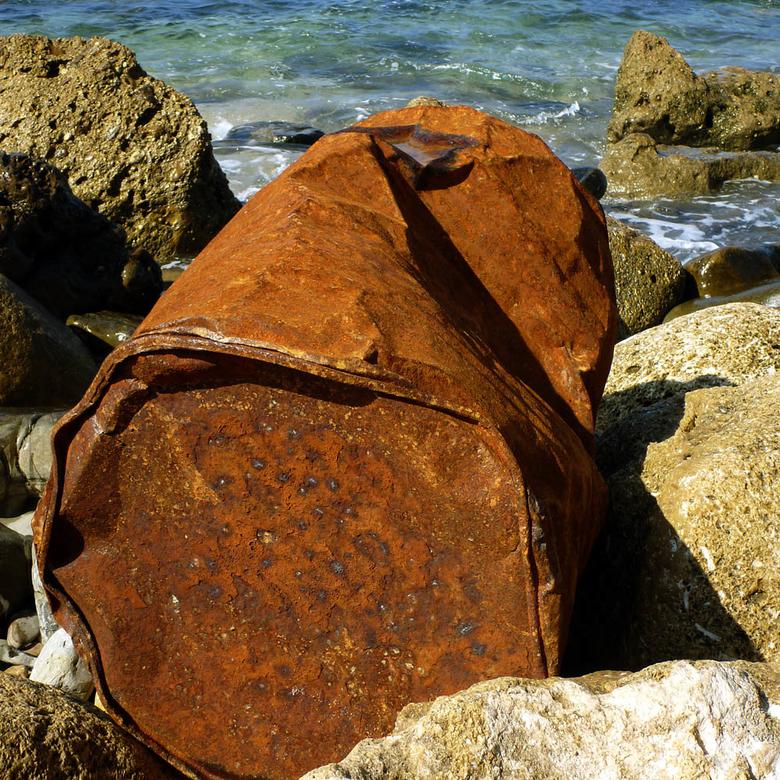
GLOBAL DEFICIT $2 TLN

According to OGFJ, the embattled crude oil and natural gas industry worldwide has slashed capital spending to a point below the minimum required levels to replace reserves — replacement of proved reserves in the past constituted about 80% of the industry's spending; however, the industry has slashed its capital spending by a total of about 50% in 2015 and 2016. According to a new Deloitte study, this underinvestment will quickly deplete the future availability of reserves and production.
"It takes significant capital for the industry to just remain flat. Actual and announced capital expenditure (capex) cuts suggest that even remaining flat could be a challenge for the industry, let alone meeting any expected growth," said John England, vice chairman, Deloitte LLP, and US and Americas oil and gas leader. "Although oil prices have recovered to about $50/bbl, the industry's capex cycle will take time to stabilize and recover. Even in a weak demand and reduced costs outlook, we estimate the global upstream industry will need to spend a minimum capex of about $3 trillion during 2016-2020 to ensure its long-term sustainability."
Investing in operations to the north of $3 trillion is not the only challenge. The report notes that companies in the upstream business have to also shore up balance sheets, service upcoming debt maturities and maintain the already-reduced dividend payouts. Over the next five years, about $590 billion of the industry's debt is maturing, and shareholders will expect about $600 billion in already-reduced payouts. This, according to the study, takes up total cash-flow obligations of integrated oil companies (IOCs), listed national oil companies (NOCs) and independent exploration & production companies (E&Ps) to more than $4 trillion from 2016 to 2020.
"Such huge outflows raise a question as to whether upstream business will generate enough cash, and where capex will figure in the priority order of companies," said Andrew Slaughter, executive director, Deloitte Center for Energy Solutions. "When we annualized operating cash flows of all the three company sets in 2015 for the next five years, assuming a $55/bbl average oil price, we see a total funding gap of up to $2 trillion from operations."
Any unforeseen increase in oil prices would theoretically help bridge the capital gap. However, in practice, upstream costs tend to track with the commodity recovery, which can prevent free cash flow from rising with prices. Similarly, any reduction in exploration or development spend could reduce the gap. But, this would leave the world unprepared for black swan events or come at the expense of heightened supply risks and price volatility.
The report shows that while sustaining production will likely be a challenge for the industry by the end of the decade, the bigger concern is the quantity and quality of reserves at which the industry enters the next decade. Dipping into existing non-OPEC, easy and cheap resources could help sustain production without burdening cash flows in the near term, but this would leave high-cost and/or riskier barrels for the future. For natural gas, the concern of reserves shortfall is bigger than oil since the commodity is yet to see its best years of demand growth in the developing world.
Furthermore, the report points out that shale, as a resource type, and the "big oil" companies (particularly IOCs), could act as the industry's biggest safeguards against a riskier, costlier and variable future. The ever-growing scope for shale players to optimize operations through open learning and the available optionality to quickly ramp up production whenever the world requires make shales all the more important. Big players owing to their financial capabilities and diversified portfolio of projects could lessen the risk by finding more to cut from operational costs than capital spending; sharpening their core competencies of project planning and delivery; upholding relationships with governments and suppliers; and seizing new resource-access opportunities in today's downturn.
"I have no doubt about this industry's ability to innovate and adapt to meet ever-changing market conditions," concluded England. "This industry's middle name is 'resiliency.' This is not the first, nor will it be the last downturn."
-----
Earlier:





